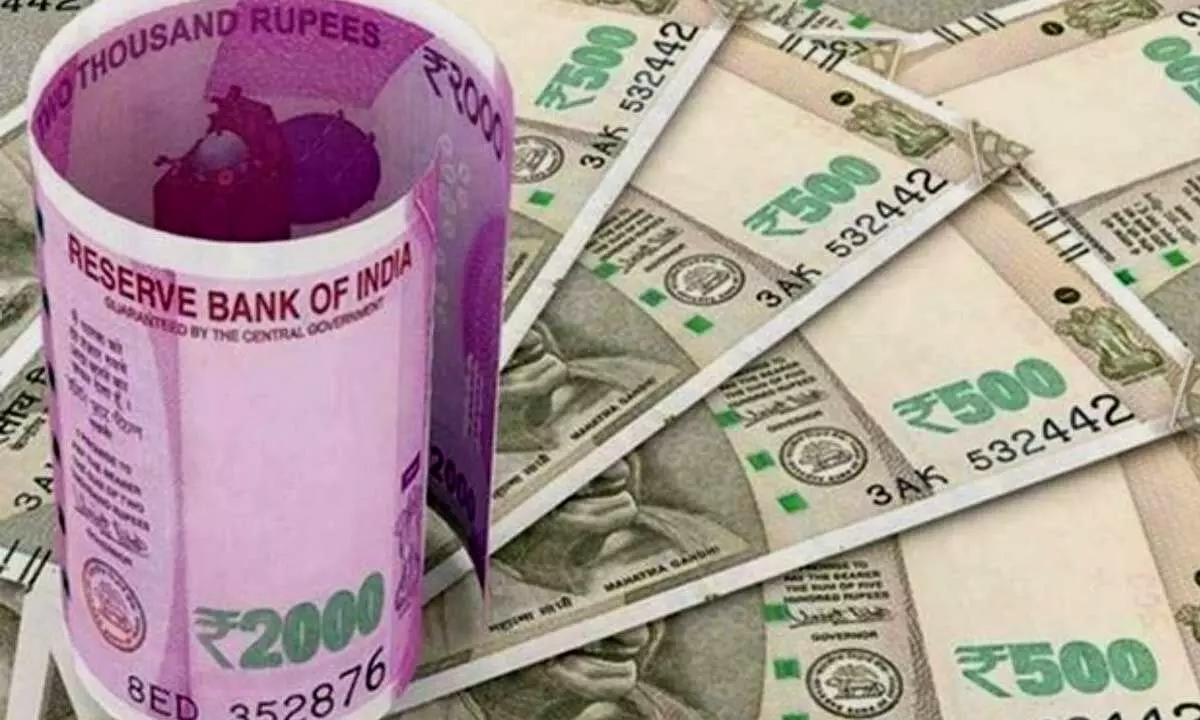Asset monetization: Good economics, good politics
If govt is able to carry out the programme successfully, it will attract investment, galvanize economic growth, boost infrastructure development, and also generate jobs
image for illustrative purpose

The National Monetization Pipeline (NMP) seems to be proving not just financially rewarding, but also politically shrewd. The government has been able to garner Rs96,000 crore from asset monetization in 2021-22, even though it was announced in August last year only
The National Monetization Pipeline (NMP) seems to be proving not just financially rewarding, but also politically shrewd. The government has been able to garner Rs96,000 crore from asset monetization in 2021-22, even though it was announced in August last year only.
The target was Rs 88,000 crore, but NITI Aayog CEO Amitabh Kant is confident of crossing the Rs1-lakh crore mark for 2021-22.
The NMP's objective is to mop up Rs6 lakh crore in four years by offering the assets to the "private sector to operate and manage," he told a media organization today. Success of asset monetization last fiscal was because the government worked "as a team across the ministries."
He made it clear that asset monetization is not privatization. There are several infrastructure projects, he said, that are made by the government. "That can be a road, that can be a gas pipeline, that can be coal blocks, there can be warehouses, there can be sports stadiums. All these are owned by the government. Owning does not mean that we bring in operational efficiency."
What Kant didn't say was that government functioning almost invariably implies red tape, procedural bottlenecks, mandatory compliances, oversight by various bodies, and often corruption. This is where private enterprise can help. "When you allow the private sector to operate them [government assets], maintain them, run them, the productivity levels in the economy improve. The private sector comes, raises debt from the market... the private debt to GDP ratio improves."
Kant pointed out that there are investment models which help in the NMP. Infrastructure investment trust or InvIT is a hybrid of equity and debt investment. Then there are real estate investment trusts or REITs.
The investors who have shown interest in the NMP include Canadian Pension Plan Investment Board, Ontario Teachers' Pension Plan, Capital Group and Utilico Emerging Markets Trust.
Asset monetization is a smart move because to some extent it shields the government from the charge of 'selling family silver to pay the grocer's bill' when it carries out privatization. It happened when Arun Shourie, as disinvestment minister in the Atal Bihari Vajpayee government, privatized a number of public sector undertakings (PSUs). It happened last year when the Narendra Modi government sold off the perennially loss-making Air India.
Asset monetization, on the other hand, is not sale, but handing over government assets, even if by way of asset-stripping PSUs, to private companies. Quoting an official, PTI reported yesterday that road, power, coal and mining assets helped in surpassing the first-year target. Also "the long term investment impact of the transactions completed in the last fiscal is estimated at Rs 9 lakh crore."
While the Ministry of Road, Transport and Highways was able to monetize assets worth Rs 23,000 crore in the last fiscal, the Ministry of Power got around Rs 9,500 crore. If the government is able to carry out the asset monetization programme successfully, it will not only be able to unlock their potential but also attract investment, galvanize economic growth, boost infrastructure development, and generate jobs.

